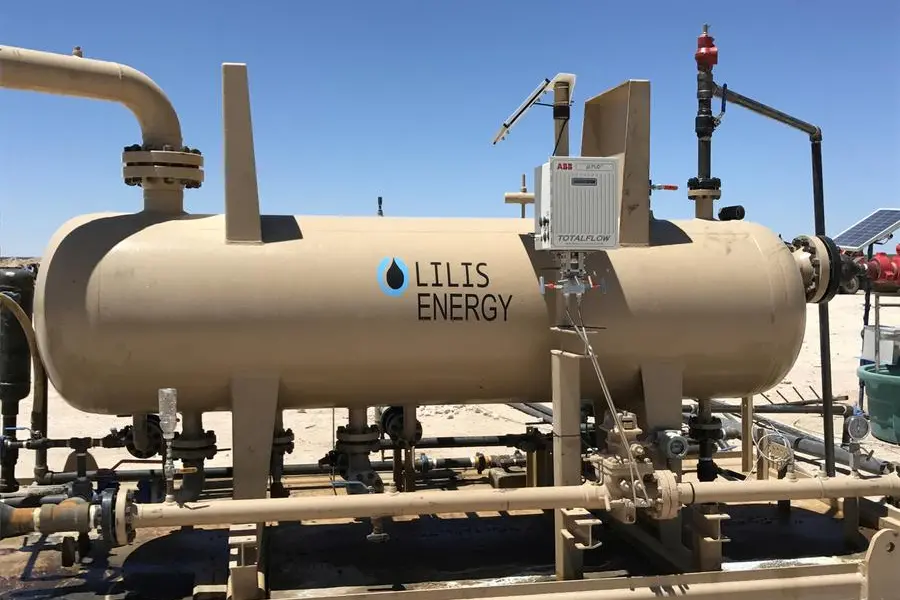PHOTO
U.S. petroleum refiners have trimmed crude processing rates in response to a rise in fuel inventories and a decline in refining margins since the start of the second quarter of 2024.
Refiners’ gross inputs of crude and unfinished oils slowed to 16.6 million barrels per day (b/d) over the seven days ending on Aug. 2, according to data from the U.S. Energy Information Administration.
Gross inputs were the slowest for the time of year since the first wave of the coronavirus pandemic in 2020 and before that 2014.
Refiners utilised just 90.5% of their operable capacity, down from 93.6% at the same time last year and the lowest rate since the pandemic’s first wave.
Top refiners Marathon, Valero and Phillips 66 have all announced reductions in processing rates during recent earnings calls with investors.
MINI BOOM
Processing rates have slowed sharply since the first few months of the year, when refiners accelerated them to the highest for almost five years.
Gross inputs climbed to an average of 19.2 million b/d in May, which was the highest for the time of year since 2019.
Refiners were reacting to a persistent depletion of gasoline, distillate fuel oil and jet fuel inventories and a rise in gross refining margins.
The run down in stocks was partly driven by the unplanned shutdown of BP’s refinery at Whiting in Indiana in February and March following a site-wide electricity failure.
Chartbook: U.S. refining margins and crude processing
Combined stocks of the big three fuels had fallen 18 million barrels (-4% or -0.76 standard deviations) below the prior ten-year seasonal average by March.
In response, gross refining margins for producing two barrels of gasoline and one barrel of distillate fuel oil from three barrels of U.S. crude climbed to more than $31.
Gross margins or “crack spreads” were in the 75th percentile for all months since 2010, after adjusting for inflation.
RETREAT
Since April, however, fuel inventories have been climbing and spreads narrowing in response to the increased amount of refining activity.
By July, combined fuel stocks were just 7 million barrels (-2% or -0.26 standard deviations) below the ten-year average.
Inventories have continued trending upward. Stocks of both gasoline and distillate fuel oil had climbed to the highest for three years in the first week of August.
Unsurprisingly, gross refining margins have retreated to around $24 per barrel, exactly in line with the long-term inflation-adjusted average.
Refiners have been forced to dial down processing rates to forestall any further accumulation of inventories and erosion in margins.
SOFTER PRICES
The unusual slowdown in crude intake since the start of July, a time when it would normally be rising to meet peak summer driving demand, has contributed to the softness in crude prices and spreads over the same period.
U.S. crude futures prices for deliveries in September have retreated from almost $83 per barrel near the start of July to a low of just $73 in early August before recovering to just under $80.
Some of this has been driven by broader concerns about the outlook for the global economy, which have hit multiple commodities and asset classes.
But the sudden slowdown in refinery crude consumption at a time of year when it is normally strongest has been an additional headwind for oil prices.
It also underscores the risks if OPEC+ proceeds with its previously announced but provisional plan to increase crude production from the start of October.
(Editing by Kirsten Donovan)























